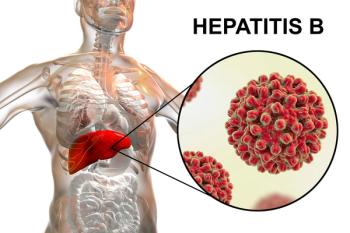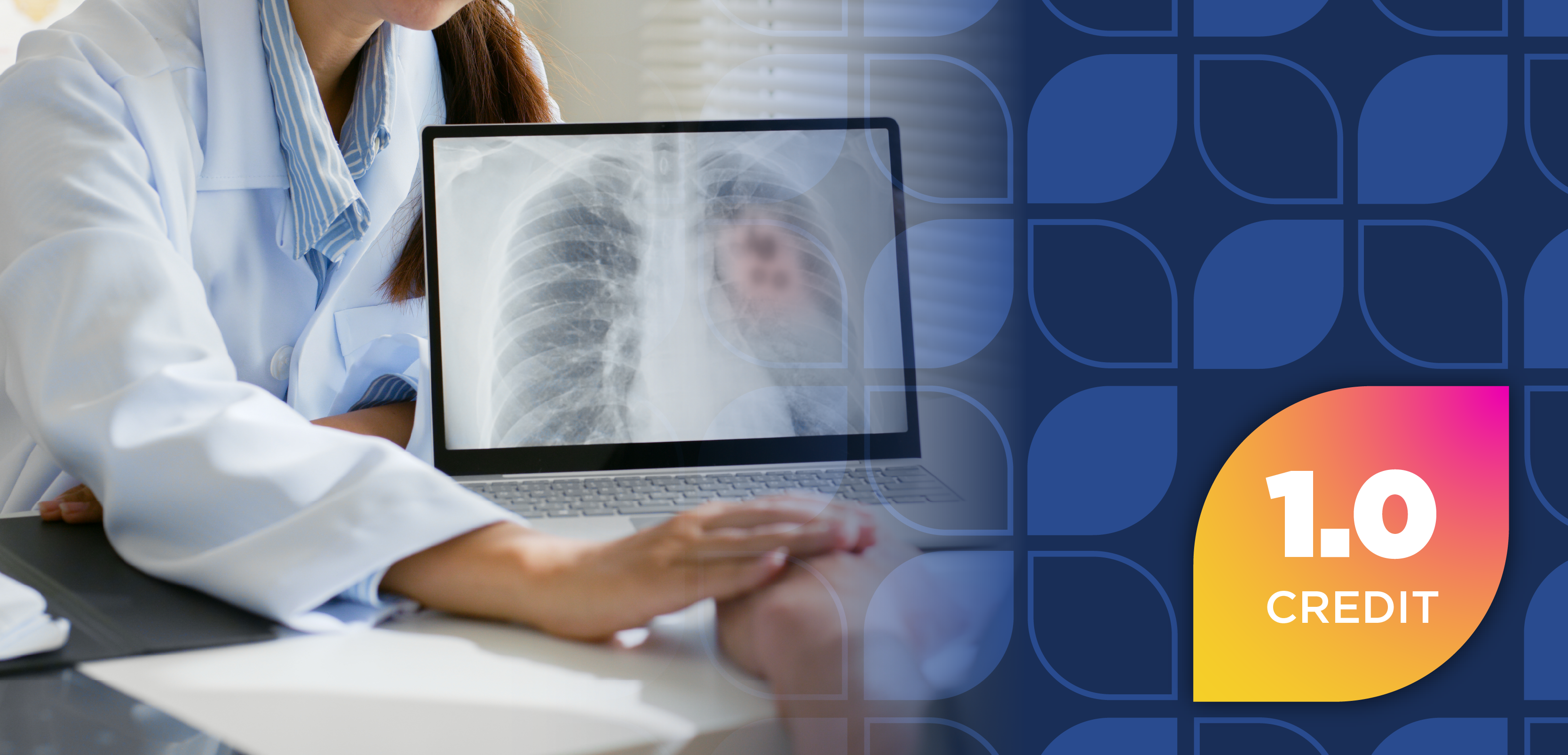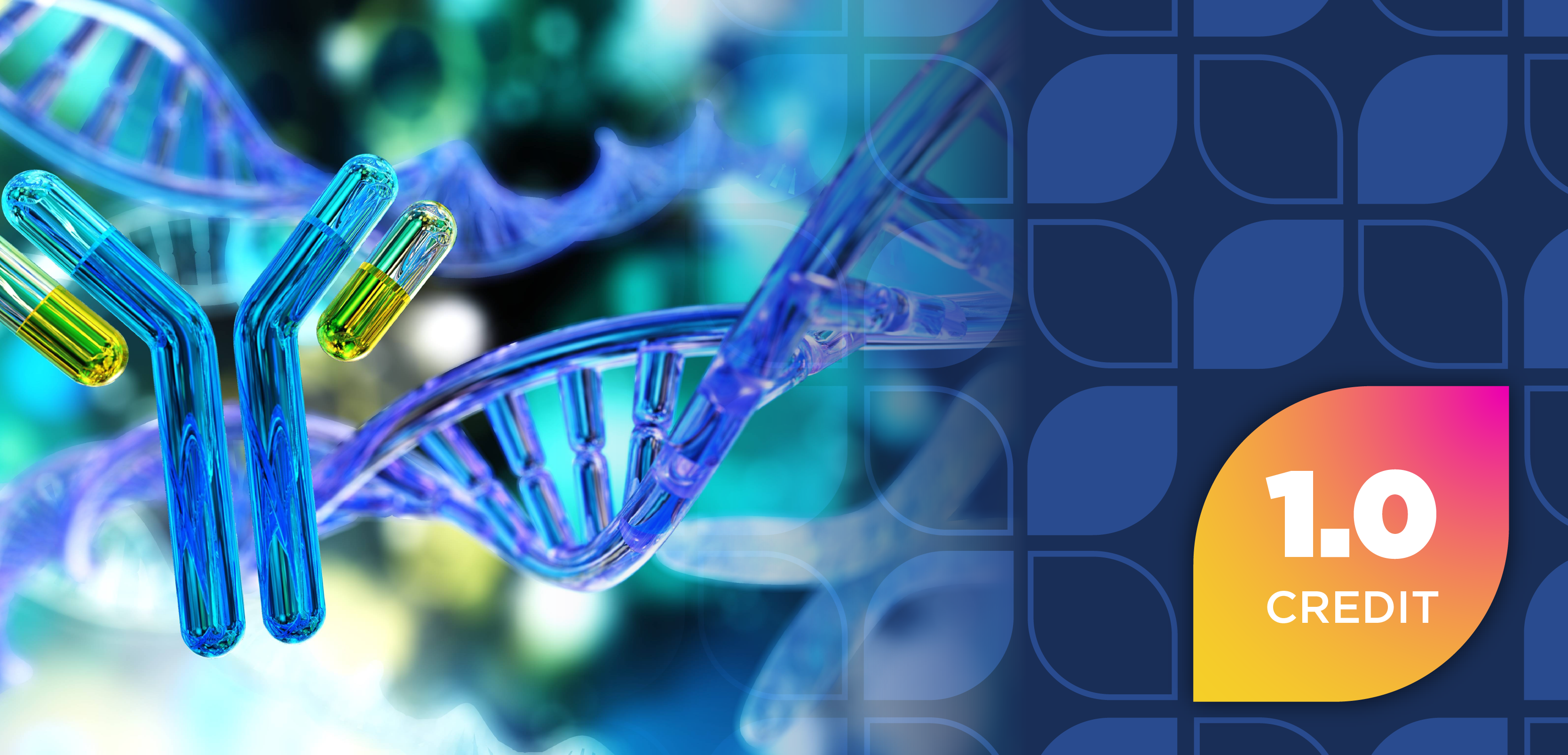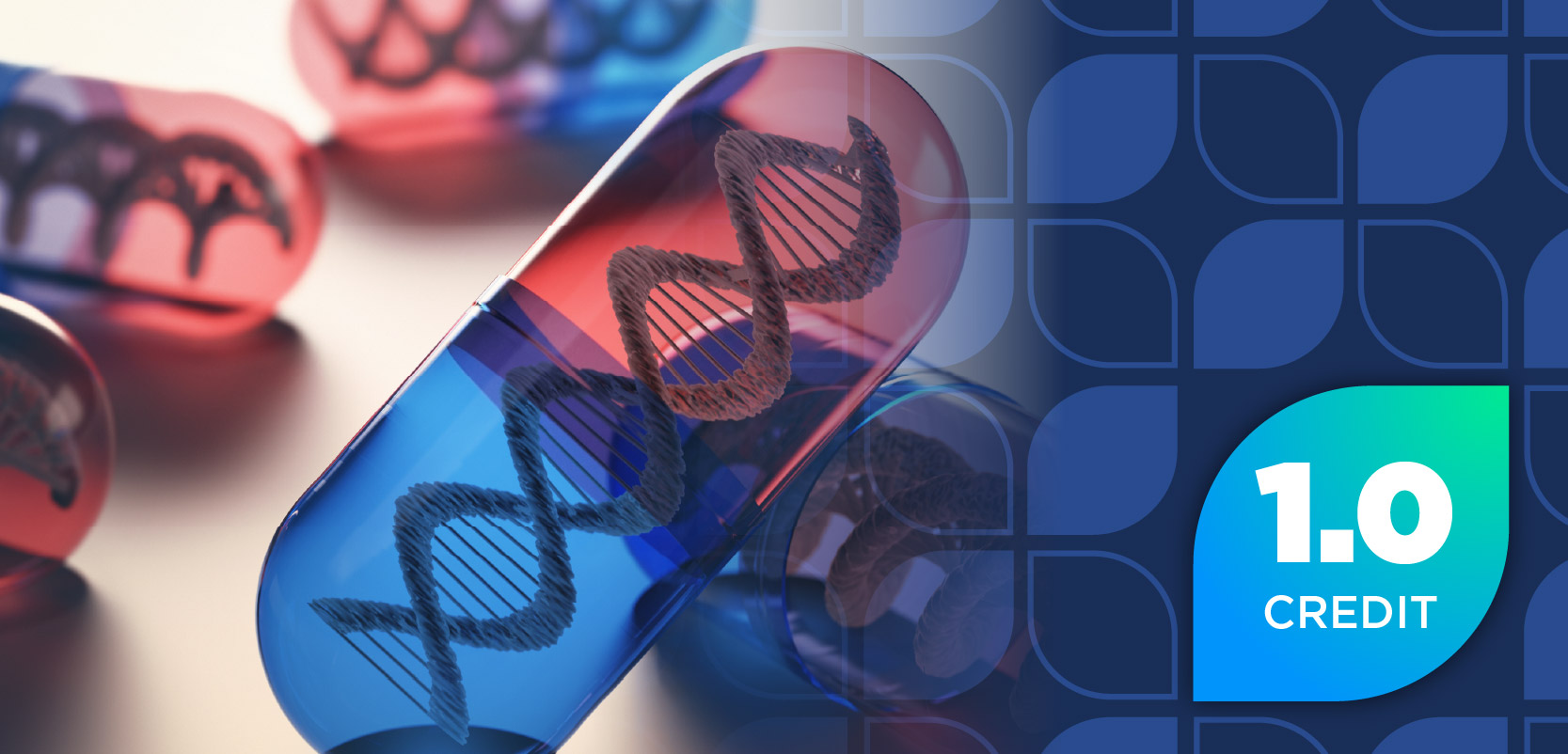
FDA Clears OTC Glucose Monitor for Weight Management
The Signos Glucose Monitoring System uses body signals that help to improve sleep, manage weight, and decrease the risk of chronic disease.
The FDA cleared the Signos Glucose Monitoring System, the first OTC glucose monitoring for weight management. It can be integrated into Dexcom glucose biosensors, which can give insight into a person’s metabolism.1
"This is more than a product launch—it's a mission," Sharam Fouladgar-Mercer, CEO and founder of Signos, said in a news release.1 "Everyone deserves access to insights that help them live healthier, longer, more vibrant lives. Signos isn't just about data; it's about giving people ownership over their health and weight journeys in a way never before seen."
The monitoring system uses body signals that help to improve sleep, manage weight, and decrease the risk of chronic disease. Additionally, it will translate the glucose fluctuations into personalized recommendations that are easy and understandable for patients to follow. It also increases accessibility for patients, as they can buy the system without a prescription.1
The biosensor can be used for 15-days, and information is sent to an application on the user’s phone. Notifications can also be personalized to a patient’s preference, and it can also be used with Apple Health, Google Health Connect, smartwatches, and smart scales, according to the Signos website. Patients can log meals, workouts, and other habits for a better understanding of their overall health. The application can also suggest the right type and intensity of movement to help bring glucose spikes down.
Patients can choose from a 3- and 6-month plan, which includes 6 and 12 continuous glucose monitoring (CGM) sensors and adhesive patches, respectively. The 3-month plan is $139 per month, and the 6-month plan is $129 per month, according to the Signos website.
In 2021, approximately 529 million people had diabetes worldwide. By 2050, it is estimated that more than 1.31 billion people are projected to have diabetes, according to results of an article published in The Lancet. These emphasize how cardiometabolic diseases, particularly diabetes, are and are projected to remain a major public health concern. Type 2 diabetes, which is the bulk of the projection, is in some cases preventable and potentially reversible, according to the study authors. Obesity is one of the risk factors of type 2 diabetes, so addressing cardiometabolic health is essential.2
CGMs play a large role in managing diabetes, but the sensors can also lead to behavioral modifications, including food selection and physical activity for a healthier life. In a study of 40 patients, 35 said that their food choices changed after using a CGM. When investigators asked if they noticed how different food choices affected their blood sugar, 87.5% of patients said they did and 42.5% said they felt they were more active after CGM usage. In total, 36 of 40 patients reported that CGM usage contributed to a healthier lifestyle.3
“Real-time CGM captures nutritional intake and physical activity performance and may provide both positive and negative reinforcements of behavior, leading to sustained changes in lifestyle,” the investigators said.3 “However, there is limited literature on patients’ perceptions of how CGM influences their behavior.”
With the new clearance, patients can have access to more data regarding their health and can evaluate lifestyle changes that will benefit them.
READ MORE:
Ready to impress your pharmacy colleagues with the latest drug information, industry trends, and patient care tips? Sign up today for our
REFERENCES
1. Signos unveils first ever FDA-cleared glucose monitoring breakthrough for weight management, enabling millions of Americans to take control of their health. News release. Signos. August 20, 2025. Accessed August 22, 2025. https://prnmedia.prnewswire.com/news-releases/signos-unveils-first-ever-fda-cleared-glucose-monitoring-breakthrough-for-weight-management-enabling-millions-of-americans-to-take-control-of-their-health-302534147.html
2. GBD 2021 Diabetes Collaborators. Global, regional, and national burden of diabetes from 1990 to 2021, with projections of prevalence to 2050: a systematic analysis for the Global Burden of Disease Study 2021. Lancet. 2023;402(10397):203-234. doi:10.1016/S0140-6736(23)01301-6
3. Ehrhardt N, Al Zaghal E. Continuous Glucose Monitoring As a Behavior Modification Tool. Clin Diabetes. 2020;38(2):126-131. doi:10.2337/cd19-0037
Newsletter
Pharmacy practice is always changing. Stay ahead of the curve with the Drug Topics newsletter and get the latest drug information, industry trends, and patient care tips.











































































































































































































